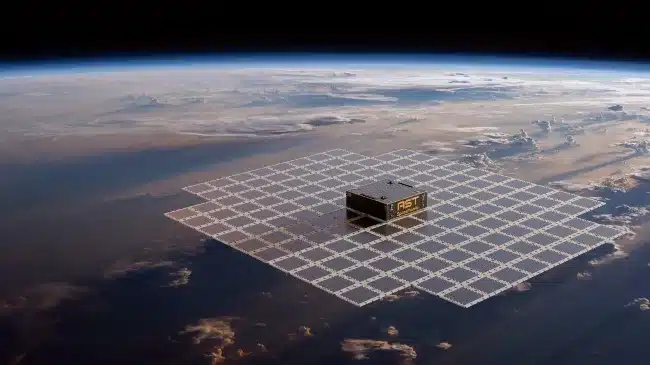In a move that could transform mobile connectivity across the UK, Ofcom—the UK’s telecommunications regulator—has unveiled a proposal to introduce a new licensing framework enabling satellite-to-device (S2D or D2D) services. This initiative aims to allow standard smartphones to connect directly to satellites, improving coverage in areas with weak or no traditional mobile signal—commonly known as “not-spots.”
🔍 What Is Satellite-to-Device Communication?
Satellite-to-device communication allows regular mobile phones to connect directly to satellites without needing specialized equipment. This opens up mobile voice and data services in rural, remote, or hard-to-reach areas, including coastal zones and mountainous regions, where terrestrial mobile networks are unavailable or unreliable.
🚀 Key Elements of Ofcom’s Proposal
-
Use of Existing Mobile Spectrum: Ofcom proposes allowing satellite operators to use existing licensed mobile frequency bands for D2D services. This would make the UK the first European country to authorize such services in traditional mobile bands.
-
Flexible Licensing Options: The regulator suggests several licensing pathways:
-
Amending current mobile network operator (MNO) licenses.
-
Granting new licenses directly to satellite operators.
-
Creating license-exempt categories under strict conditions.
-
-
Timeline and Consultation: The public consultation on this proposal runs until May 20, 2025, with commercial services potentially launching later this year.
🤝 Industry Momentum
UK MNOs like Vodafone and EE are already exploring partnerships with satellite providers to enhance their coverage offerings. This trend follows global moves, including Apple’s emergency satellite messaging feature and partnerships like T-Mobile x Starlink in the US.
⚠️ Limitations and Considerations
While promising, early versions of D2D satellite services may not match the speed and performance of terrestrial 4G/5G networks. These services often require:
-
Clear line of sight to the sky.
-
Support for low-bandwidth use cases like messaging or emergency calls.
That said, it’s a huge step toward universal connectivity and network resilience, especially in disaster response and remote coverage.
🌍 Why It Matters
This proposal aligns with global trends pushing for ubiquitous mobile connectivity and could position the UK as a leader in hybrid terrestrial-satellite network integration. For consumers, it means fewer dead zones. For operators, it’s a chance to innovate and extend reach cost-effectively.
Benefit from Massive discount on our 5G Training with 5WorldPro.com
Start your 5G journey and obtain 5G certification
contact us: contact@5GWorldPro.com


